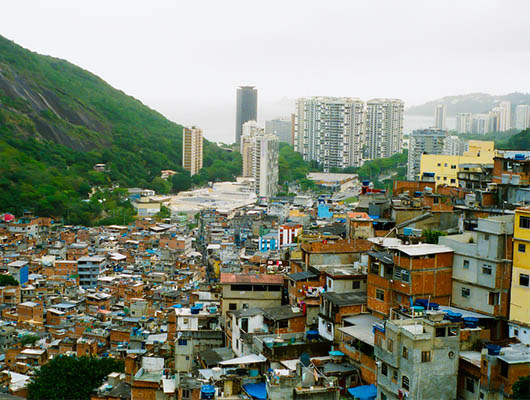
Rocinha, a neighborhood in Rio de Janeiro, Brazil, is one of the largest and densest slums in Latin America. The neighborhood that still struggles with drug cartels, lack of access to education and healthcare, and seemingly inescapable poverty is beginning to slowly change with the visionary architectural work of Ricardo de Olivera, as well as impactful government planning initiatives.
Featured in the series Rebel Architecture, architect Olivera has no formal training. This has given him the adaptable ability to work with the material of the local context of his favela, rather than imposing ineffective westernized techniques. “Ricardo is famous around here. Everyone wants his services,” says a local resident in the film entitled “The pedreiro and the master planner” directed by May Abdalla.
“A foreign architect would not get into this hole and dig. He would hire someone or would hire machines. But here in the favela, we are hands on… Most of the buildings here were built by pedreiros like me… I did all three things. I didn’t need an engineer or an architect or a decorator,” says Olivera in the film.
Olivera has built over 100 houses, as well as supermarkets and parking garages. He is visionary and passionate about improving the quality of life of his birthplace. Olivera’s simple designs meet the needs of his clients and neighbors both socially and financially. Favelas arise spontaneously with no help or design from the government, explains the film. Rocinha is considered Brazil’s most urbanized slum. The tiny 0.8 by 0.8 square mile, steep area is home to 100,000 to 200,000 people. Residents live in states of extreme poverty, in small shanties stacked on top of each other, up to 11 stories high.
Residents of Rocinha rarely have access to education. Citizens on average have had only 4.1 years of formal schooling, and less than one percent of adults have earned a degree above a high school diploma. Jobs in Brazil are reserved for citizens with formal degrees—so Rocinha residents do not have easy access to escaping the impoverished conditions they were born into.
“It has its problems—sanitation, access to quality housing. The other problem is because of the narrow streets where the police can’t go, drug traffickers settled in Rocinha. The government closed its eyes to the arrival of those forming the favelas because they didn’t have the resources to provide housing and they needed cheap manpower. This logic is present in each and every city in which there is a poverty belt,” says Luis Carlos Toledo, the architect behind the master plan for the government’s improvement plan for Rocinha in the film.
As Rio preps itself for the upcoming Olympic games, there are competing forces at play determining the future of Rocinha. The city has implemented pacification programs, which destroy slums in an attempt to make the city look cleaner and less impoverished to outsiders.
The city has also created an ambitious transportation plan— a cable car system that connects downtown Rio with Rocinha. Citizens are against this system, seeing it simply as an investment in the tourism industry rather than a viable transportation solution.
At the same time, various foreign urban planners, NGOs, and architects have come to Rocinha with good intentions, but without a working knowledge of the local community, threatening to bring gentrification to Rocinha.
Amidst these various forces, citizens of Rocinha are speaking up more than ever before. Community meetings in Rosinha have raised a collective voice against the cable car system. “Only the population of Rohica can preserve the spirit. And without that, there is no future for Rohinca,” declares the film.
“The residents have aspirations for the whole favela, not just their house,” explains the film.
Despite the Brazilian government’s mixed history with creating helpful change, localized urban planning by the government has brought improvements to parts of Rocinha. In 2011, an ambitious project to change the district called Rua 4 was successfully implemented. Residents were moved to public housing within their neighborhood, rather than being moved to the outskirts of the city which is often the case in attempts to improve housing.
Before the changes, the Rua 4 area was a 60 centimeter ally, known for having the highest tuberculosis rate in the world.
Dictated by the urban planning project, roads were widened in Rua 4 to about 12 meters. Buildings were improved structurally and painted brightly. Gardens and plazas shot up. Staircases were built to connect different levels. Residents have contributed to building playgrounds, a stage, mosaics and murals.
Here, people relax on their porches outside and no evidence of the drug trade is present. Head architect Luiz Carlos Toledo said “Rua 4 is… an example of how you can, without abandoning the traditional pathways of a favela, improve them, adapt them to the scale and the topography of the site.”
The successful government project and Olivera’s rebel architecture demonstrate that impactful change in favelas is possible. As the community begins to demand more change collectively, hope and greater improvements in Rocinha seem to be in the favela’s future.
– Margaret Mary Anderson
Sources: Arch Daily, Al Jazeera, Mundoreal, Rio On Watch
Photo: Flickr
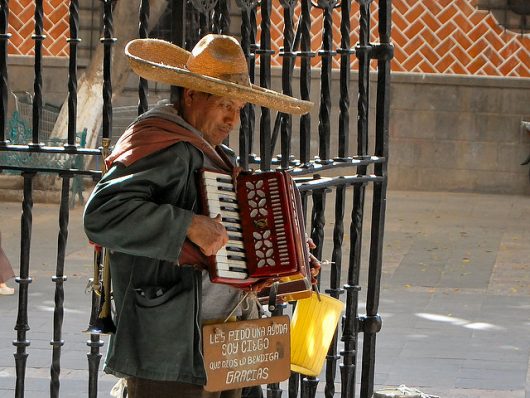
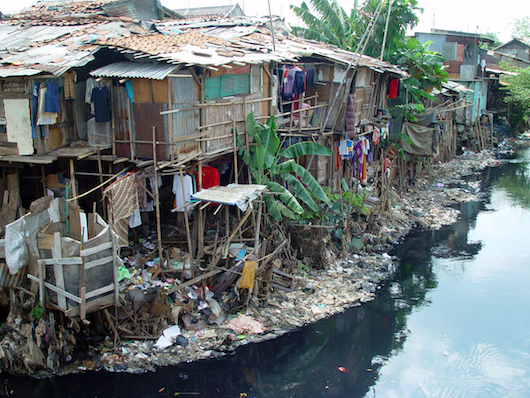 Imagine Arthur Dent’s surprise when he woke up to the sound of bulldozers, reared back to demolish his home. That is the iconic opening to Douglas Adams’ Hitchhiker’s Guide to the Galaxy.
Imagine Arthur Dent’s surprise when he woke up to the sound of bulldozers, reared back to demolish his home. That is the iconic opening to Douglas Adams’ Hitchhiker’s Guide to the Galaxy.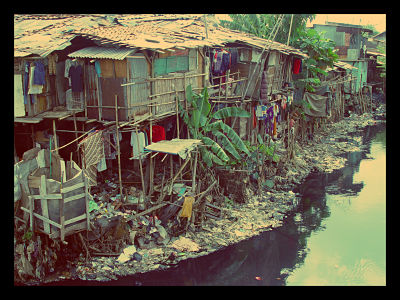
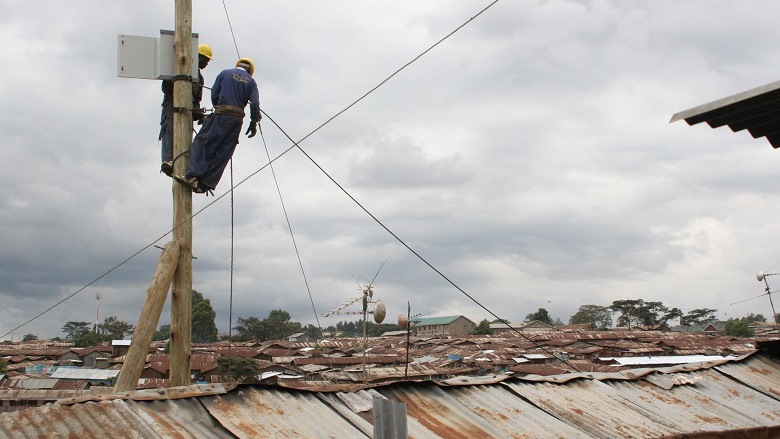 As we stumble into a dark room, it is only natural that our hands reach for the light switch — a motion that takes only a moment before we are bathed in artificial golden rays illuminating the enclosed space in which we stand via electricity.
As we stumble into a dark room, it is only natural that our hands reach for the light switch — a motion that takes only a moment before we are bathed in artificial golden rays illuminating the enclosed space in which we stand via electricity.

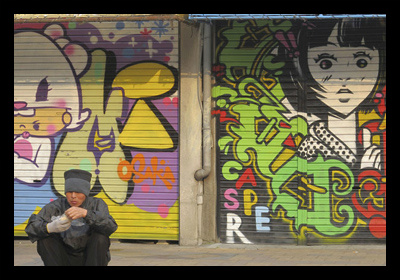 Japan currently ranks fourth globally with the highest percentage of people living in relative
Japan currently ranks fourth globally with the highest percentage of people living in relative 
